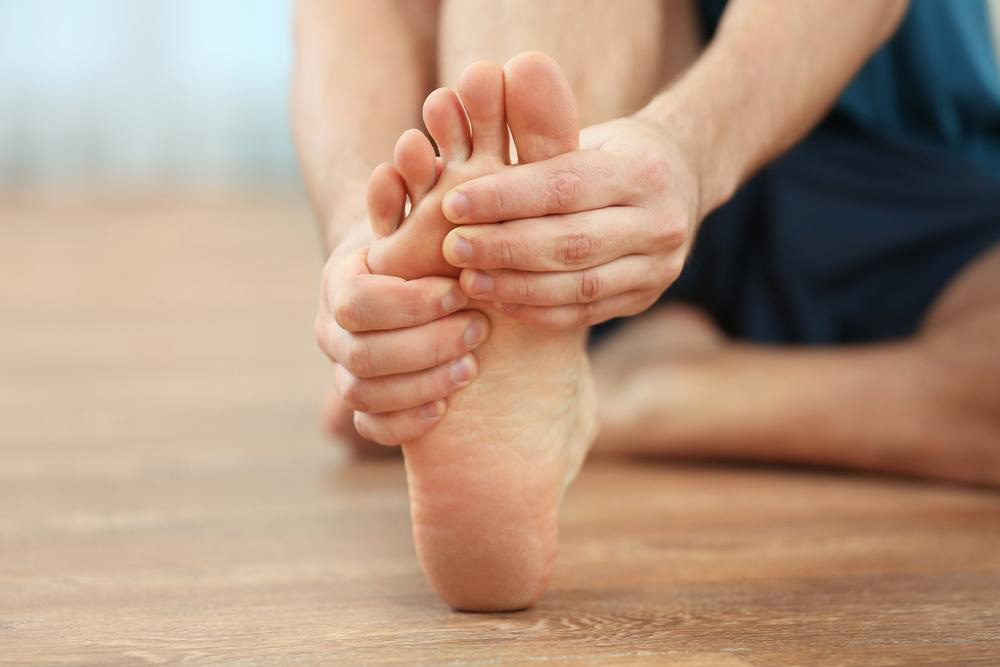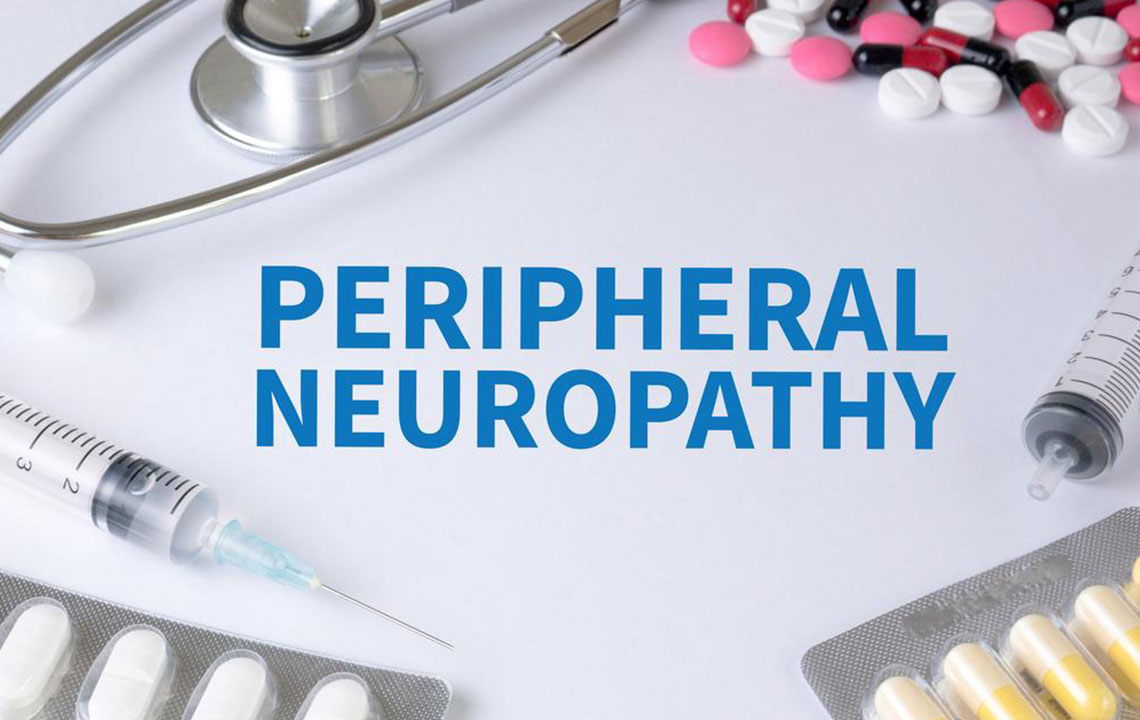Comprehensive Strategies for Restoring Sensory Nerve Function in the Hands
This comprehensive article explores the causes, symptoms, and treatment options for restoring sensory nerve function in the hands. It emphasizes the importance of early diagnosis and multidisciplinary care to improve outcomes, covering common conditions like carpal tunnel syndrome and nerve injuries. With expert insights and detailed treatment centers, readers can better understand how to maintain hand nerve health and seek effective care. The article also discusses ongoing research, cost considerations, and preventive strategies to help patients regain hand sensation and function, ensuring a better quality of life.

Comprehensive Strategies for Restoring Sensory Nerve Function in the Hands
Ensuring optimal sensory nerve function in the hands is vital for maintaining fine motor skills, dexterity, and overall quality of life. The hands are complex structures richly supplied with sensory receptors that detect touch, pressure, temperature, and pain. These signals are transmitted via an intricate network of nerves to the brain, enabling perception and voluntary movement. When nerves are compromised, individuals may experience numbness, tingling, or loss of sensation, impacting daily activities and safety. Recognizing the importance of nerve health and understanding the underlying causes of nerve dysfunction are essential for effective treatment and recovery.
Human hands contain a dense concentration of mechanoreceptors, proprioceptors, and thermoreceptors, all of which relay critical information to the central nervous system. The primary nerves involved include the median, ulnar, and radial nerves, which originate from the brachial plexus. These nerves transmit sensory data from the fingertips, palm, and back of the hand to the brain, facilitating interaction with our environment. The constant activity of these nerves underscores their significance; any interruption can lead to various symptoms such as numbness, weakness, or abnormal sensations. The significance of maintaining healthy nerve function cannot be overstated, especially given how pervasive hand use is in everyday life, whether for work, hobbies, or personal care.
Various medical conditions can impair nerve signals, leading to hand numbness and sensory deficits. Carpal tunnel syndrome, caused by compression of the median nerve at the wrist, is among the most common reasons for numbness and tingling in the fingers and thumb. This condition affects millions worldwide and is often linked with repetitive wrist movements, anatomical factors, or injury. Beyond carpal tunnel syndrome, numerous other health issues can contribute to nerve impairment, including tennis elbow, thyroid dysfunctions, excessive alcohol consumption, nerve cysts, Lyme disease, and multiple sclerosis. Each condition has unique pathophysiology affecting nerve conduction and requires tailored treatment strategies.
The American Society for Surgery of the Hand emphasizes an array of causes for nerve dysfunction, such as cold hand syndrome, vascular disorders, nerve injuries, muscle hypertrophy, cervical spine issues, arthritis, and spinal cord diseases. For example, cervical spondylosis, which involves wear and tear of neck vertebrae, can compress nerve roots leading to numbness and weakness in the hands. Similarly, fibromyalgia, a chronic pain syndrome, often presents with widespread discomfort including hand numbness, as supported by the CDC. Multiple sclerosis, an autoimmune disorder affecting the central nervous system, frequently produces sensory disturbances. Recognizing these diverse causes underscores the importance of comprehensive evaluation and diagnosis to determine the root of nerve issues.
Effective management of hand nerve problems often necessitates a multi-disciplinary approach. Treatment centers specializing in nerve and hand health have been established nationwide, offering state-of-the-art care options. Notable centers include:
**New York Hand & Wrist Center:** Provides advanced surgical and nonsurgical treatments for hand, wrist, and elbow conditions.
**Weill Cornell Medicine:** Renowned for specializing in nerve, muscle, and connective tissue disorders.
**PRIVIA Medical Group:** Known for peripheral neuropathy diagnosis and management.
**Fort Collins, CO:** Integrates innovative nerve therapies with laser and physical medicine technology.
**MedStar Union Memorial Hospital:** Features a dedicated Curtis National Hand Center with expert surgeons.
**Hand Center Ortho Carolina:** Offers comprehensive orthopedic procedures focusing on nerve repair and rehabilitation.
**NYU Langone Health:** Provides multispecialty services catering to all age groups dealing with nerve issues.
**University of Maryland Medical Center:** Specializes in diagnosing and treating conditions like carpal tunnel syndrome.
**Center for Nerve Injury & Paralysis:** Focused on complex nerve repair and paralysis management.
**Johns Hopkins Medicine:** Renowned for pioneering nerve disorder treatments and research.
**Cleveland Clinic:** Known for multidisciplinary approaches to nerve and musculoskeletal health.
**Center for Brachial Plexus & Nerve Injury:** Offers advanced diagnostics and therapies for nerve injuries.
**Philadelphia Hand to Shoulder Center:** Features skilled orthopedic surgeons and physical therapists.
**Arthritis Foundation:** Provides educational resources and support for nerve-related hand issues.
While a complete cure for hand numbness and nerve impairment remains a complex goal, many patients experience significant improvement within six months to several years, especially when early intervention is sought. Treatment strategies may include medication, physical therapy, nerve decompression surgeries, and regenerative therapies. The costs associated with treatment vary based on diagnostic procedures, surgical interventions, and ongoing care, often amounting to thousands of dollars. Fortunately, insurance plans, Medicare, and Medicaid often help mitigate financial burdens. Annually, approximately three million Americans suffer from hand numbness, highlighting the widespread nature of this issue. Timely consultation with specialists, coupled with preventive measures such as ergonomic modifications and lifestyle adjustments, can greatly improve outcomes. Research by institutions like the National Institute of Neurological Disorders and Stroke continues to enhance understanding and develop innovative therapies, offering hope to many affected individuals. Women are disproportionately impacted by nerve-related hand issues, with women being three times more likely than men to experience symptoms, particularly at younger ages. Proper diagnosis, early treatment, and ongoing care play crucial roles in preserving hand function and reducing discomfort, enabling individuals to lead active and pain-free lives.





